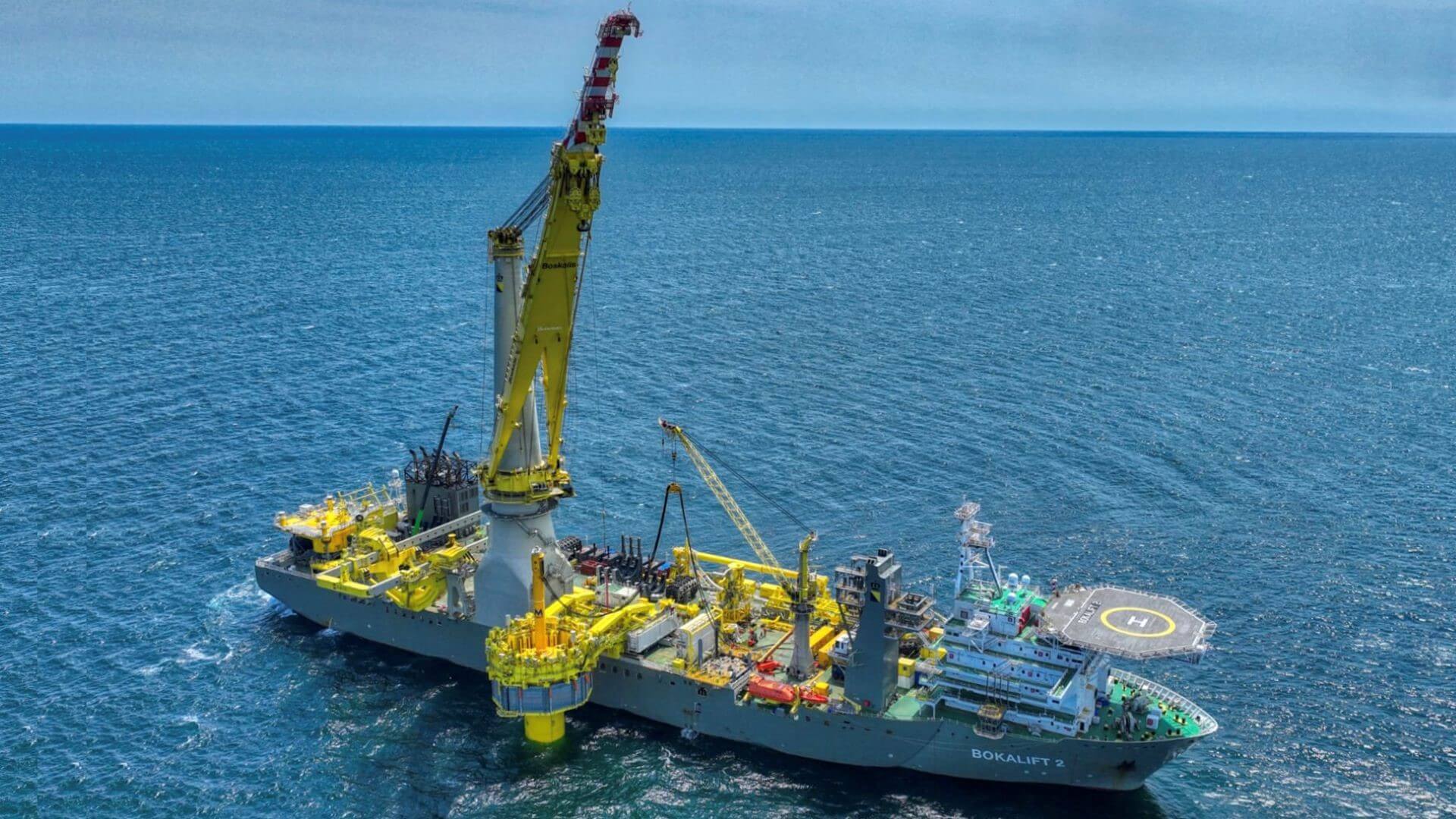UPDATED 1 Sept: The EI library in London is temporarily closed to the public, as a precautionary measure in light of the ongoing COVID-19 situation. The Knowledge Service will still be answering email queries via email , or via live chats during working hours (09:15-17:00 GMT). Our e-library is always open for members here: eLibrary , for full-text access to over 200 e-books and millions of articles. Thank you for your patience.
New Energy World™
New Energy World™ embraces the whole energy industry as it connects and converges to address the decarbonisation challenge. It covers progress being made across the industry, from the dynamics under way to reduce emissions in oil and gas, through improvements to the efficiency of energy conversion and use, to cutting-edge initiatives in renewable and low-carbon technologies.
New wind developments could face supply issues
5/7/2023
News
The Hollandse Kust Noord offshore wind park has begun operation and delivered its first power via TenneT’s offshore grid to the Dutch mainland. Elsewhere, milestones have been met at wind developments in the UK, Ireland and the US. However, growing demand for offshore wind turbine towers looks set to surpass manufacturing capacity in the next five years.
First the good news, Shell and Eneco have announced that their Dutch North Sea joint venture Hollandse Kust Noord is now generating 3.3 TWh/y, with capacity set to increase over the coming months. When complete, the wind farm will consist of 69 wind turbines, each with a capacity of 11 MW.
The project will have a total installed capacity of 759 MW, contributing to the Dutch government’s target of 4.5 GW of operational capacity by the end of this year, as set out in its Offshore Wind Energy Roadmap. Full production at the wind farm is expected by the end of 2023.
Largest wind farm in Scotland
Meanwhile, the 114th and final wind turbine has been installed at the Seagreen wind farm, a joint venture between SSE Renewables and TotalEnergies. Some 76 of the Vestas V164-10.0 MW turbines are now energised at the site, located 27 km from Scotland’s Angus coast.
Once fully operational, Seagreen will be Scotland’s largest offshore wind farm and will be capable of generating around 5,000 GWh/y of renewable energy – enough clean and sustainable electricity to power more than 1.6 million UK homes.
Elsewhere, the first Vestas V117 turbine has been installed at Lenalea wind farm in County Donegal, Ireland. Lenalea, located approximately 10 km south-west of Letterkenny, is a joint venture project between SSE Renewables and FuturEnergy Ireland. The remaining six turbines are scheduled to be installed by the end of July, with the project on track to begin commercial operation in 4Q2023.

The 114th and final wind turbine has been installed at Seagreen, Scotland’s largest offshore wind farm
Seagreen Wind Energy
First large-scale offshore wind in US
In the US, South Fork Wind, New York’s first offshore wind farm, has achieved its ‘steel in the water’ milestone with the installation of the project’s first monopile foundation. The project is on-track to become the US’ first utility-scale offshore wind farm to be completed in federal waters when it begins operations by the end of this year.
The project is now entering its wind turbine installation phase, the final construction period on the 12-turbine, 130-MW project. Once completed, the wind farm will generate enough renewable energy to power around 70,000 homes, while eliminating up to 6mn tonnes of carbon emissions.
The project is one of five offshore wind projects New York State has in active development.

South Fork Wind, US, has achieved its ‘steel in the water’ milestone with the installation of the project’s first monopile foundation
South Fork Wind/Boskalis
Shortage looming for wind towers as demand grows
Meanwhile, recent modelling from Rystad Energy shows that demand in Europe for offshore turbine towers will outstrip manufacturing capacity by 2028.
Analysis shows that wind tower manufacturing capacity will keep pace and exceed demand before 2028. By 2029, demand will surpass manufacturing capacity by a ‘significant margin’. Steel demand for offshore wind towers is expected to total more than 1.7mn tonnes in 2029, but manufacturing capacity is forecast to be a maximum of around 1.3mn tonnes, meaning supply would only meet about 70% of demand.
If Europe is to reverse this trend, manufacturers need to initiate expansion in the next two years, the research finds. These forecasts assume no major steel shortage, so manufacturers can work at full capacity. If a shortage materialises, Europe could face a supply issue even sooner.
Turbine sizes keep growing as the importance of offshore wind to the global power grid accelerates, and tower demand is projected to surge accordingly. ‘This is a golden opportunity for manufacturers to capitalise on increased demand, but new capacity needs to be added imminently if Europe is going to avoid a supply headache,’ Rystad notes.
While the average turbine capacity fixed in Europe in 2023 is expected to reach almost 10 MW, Rystad estimates that 50% of the total turbines installed between 2029 and 2035 will be bigger than 14 MW, with some projects forecasting to build 20 MW at the beginning of 2030.
